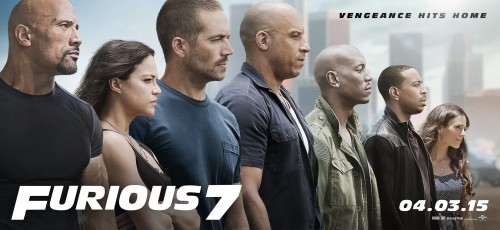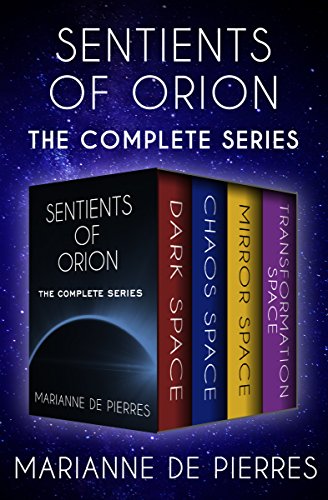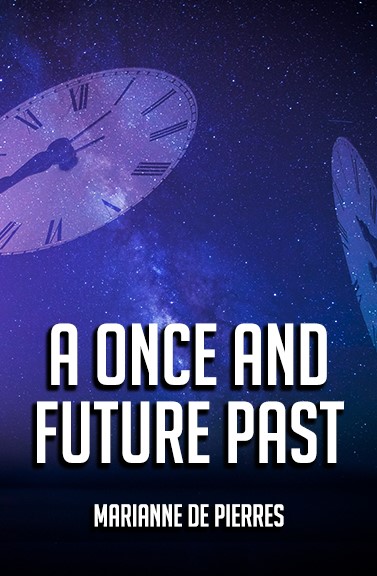
Alayna Cole
Alayna Cole is an MCA (Creative Writing) candidate who loves to write stories when she’s not studying.
 I’m a writer who primarily concerns herself with the page. I’ve found that there are many benefits to favouring written narrative over alternatives like visual and interactive narrative, but there are also many downsides. And, beyond that, there are innumerable differences that cannot necessarily be put into ‘pro’ or ‘con’ categories. This article concerns itself with one of the key differences between my preferred craft and the visual narrative, specifically live action movies and television programmes.
I’m a writer who primarily concerns herself with the page. I’ve found that there are many benefits to favouring written narrative over alternatives like visual and interactive narrative, but there are also many downsides. And, beyond that, there are innumerable differences that cannot necessarily be put into ‘pro’ or ‘con’ categories. This article concerns itself with one of the key differences between my preferred craft and the visual narrative, specifically live action movies and television programmes.
It is possible for an audience to enter any narrative with prior knowledge of either the story itself, or the external factors that shaped it, and this knowledge can skew a person’s perception and interpretation. When watching a live action movie or television programme, an audience can easily be influenced by their understanding of the actors that they see on the screen, which can lead to a conflation of character and actor. For example, I’m fully convinced at this point that Robert Downey Jr. is actually Tony Stark, with Robert’s real life decisions often staying completely in character. Generally this connection between actor and character is a side-note to the story, something unintentional that only causes small biases with particular members of an audience based on their individual prior knowledge; however, I recently watched a movie where this connection seemed to be actively encouraged and this seriously altered the experience of the narrative for many members of the audience.

The release of Fast and Furious 7 was surrounded by a lot of hype, following the tragic death of Paul Walker—the actor who plays one of the lead characters, Brian O’Conner—late in 2013.


































